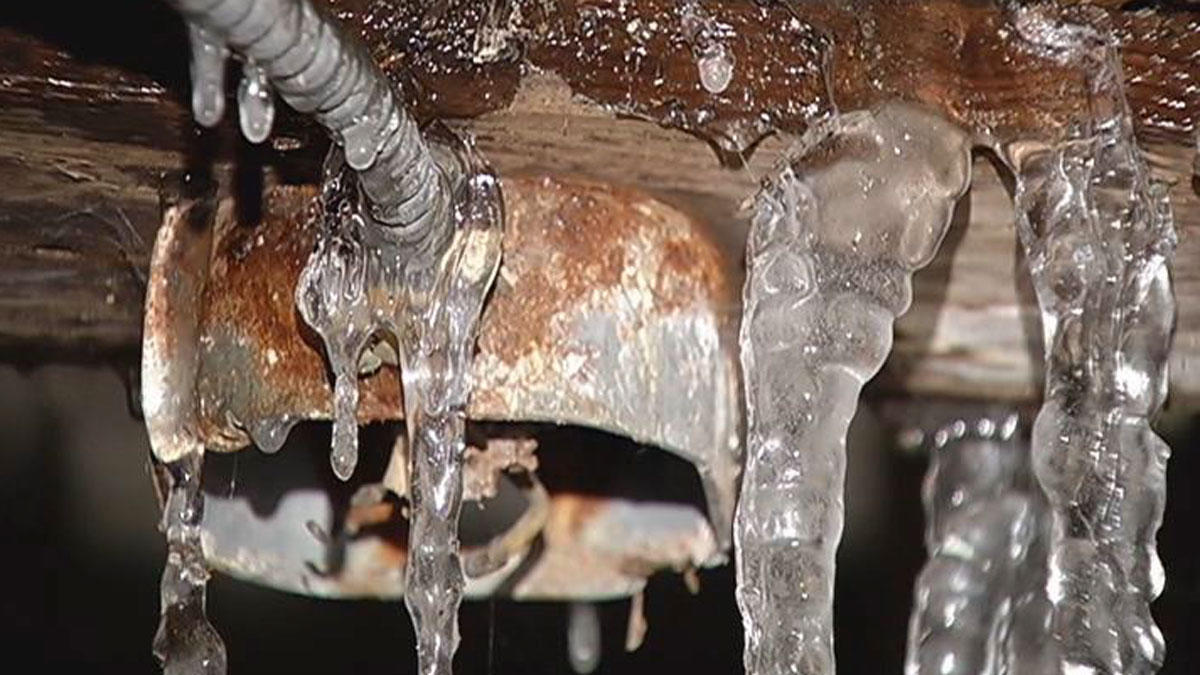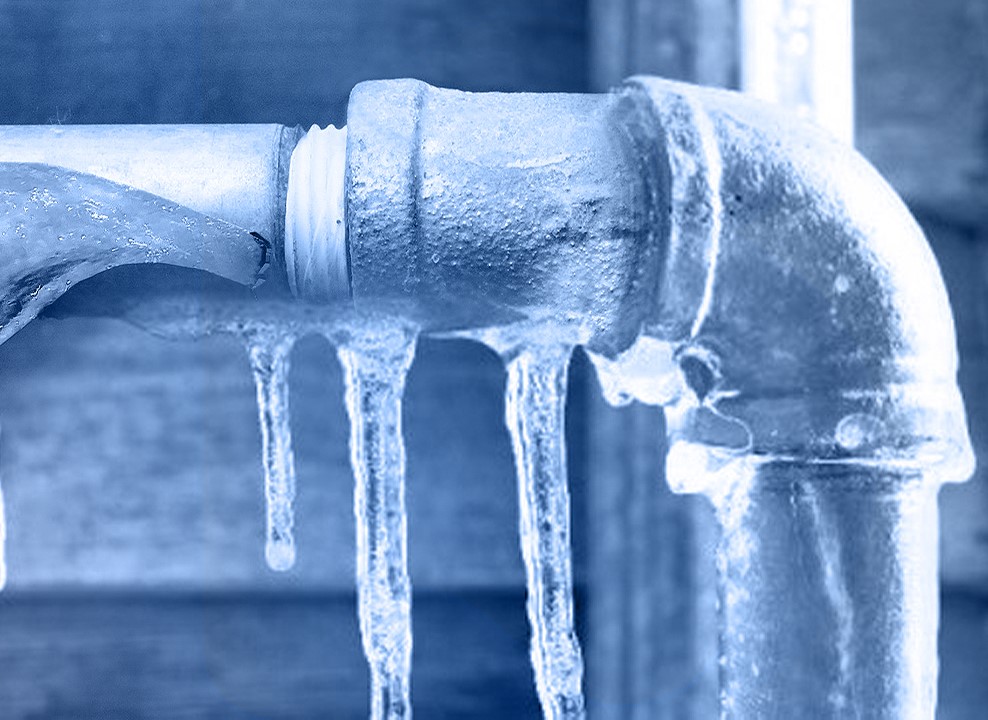Ways to Protect Your Plumbing from Cold Weather: Critical Strategies
Ways to Protect Your Plumbing from Cold Weather: Critical Strategies
Blog Article
They are making a number of great annotation relating to How To Avoid Freezing Pipes in general in the article down below.

Winter can damage your plumbing, specifically by freezing pipes. Here's exactly how to prevent it from occurring and what to do if it does.
Intro
As temperatures decline, the danger of icy pipes boosts, potentially causing costly repair work and water damage. Recognizing how to avoid icy pipes is important for homeowners in cold climates.
Recognizing Icy Pipes
What creates pipelines to ice up?
Pipes freeze when exposed to temperatures listed below 32 ° F (0 ° C) for prolonged durations. As water inside the pipelines freezes, it broadens, putting pressure on the pipe walls and potentially triggering them to burst.
Risks and damages
Frozen pipelines can result in supply of water interruptions, residential property damage, and costly repairs. Burst pipes can flood homes and cause considerable structural damages.
Indications of Frozen Water Lines
Identifying frozen pipelines early can prevent them from bursting.
How to identify icy pipes
Seek reduced water circulation from faucets, uncommon odors or sounds from pipes, and noticeable frost on exposed pipes.
Avoidance Tips
Protecting at risk pipelines
Cover pipes in insulation sleeves or utilize warmth tape to safeguard them from freezing temperature levels. Concentrate on pipes in unheated or outside areas of the home.
Heating methods
Maintain indoor rooms appropriately heated, especially areas with plumbing. Open cupboard doors to permit cozy air to circulate around pipes under sinks.
Protecting Outside Plumbing
Garden pipes and outdoor taps
Detach and drain yard pipes before winter months. Set up frost-proof spigots or cover outside faucets with protected caps.
What to Do If Your Pipes Freeze
Immediate activities to take
If you suspect frozen pipelines, maintain faucets open up to ease stress as the ice melts. Make use of a hairdryer or towels taken in hot water to thaw pipelines slowly.
Long-Term Solutions
Structural modifications
Consider rerouting pipelines far from exterior walls or unheated areas. Add added insulation to attics, cellars, and crawl spaces.
Upgrading insulation
Purchase high-grade insulation for pipes, attics, and wall surfaces. Correct insulation assists maintain constant temperatures and decreases the threat of icy pipes.
Final thought
Stopping icy pipelines requires proactive procedures and fast feedbacks. By understanding the causes, indications, and preventive measures, house owners can safeguard their plumbing during cold weather.
5 Ways to Prevent Frozen Pipes
Drain Outdoor Faucets and Disconnect Hoses
First, close the shut-off valve that controls the flow of water in the pipe to your outdoor faucet. Then, head outside to disconnect and drain your hose and open the outdoor faucet to allow the water to completely drain out of the line. Turn off the faucet when done. Finally, head back to the shut-off valve and drain the remaining water inside the pipe into a bucket or container. Additionally, if you have a home irrigation system, you should consider hiring an expert to clear the system of water each year.
Insulate Pipes
One of the best and most cost-effective methods for preventing frozen water pipes is to wrap your pipes with insulation. This is especially important for areas in your home that aren’t exposed to heat, such as an attic. We suggest using foam sleeves, which can typically be found at your local hardware store.
Keep Heat Running at 65
Your pipes are located inside your walls, and the temperature there is much colder than the rest of the house. To prevent your pipes from freezing, The Insurance Information Institute suggests that you keep your home heated to at least 65 degrees, even when traveling. You may want to invest in smart devices that can keep an eye on the temperature in your home while you’re away.
Leave Water Dripping
Moving water — even a small trickle — can prevent ice from forming inside your pipes. When freezing temps are imminent, start a drip of water from all faucets that serve exposed pipes. Leaving a few faucets running will also help relieve pressure inside the pipes and help prevent a rupture if the water inside freezes.
Open Cupboard Doors
Warm your kitchen and bathroom pipes by opening cupboards and vanities. You should also leave your interior doors ajar to help warm air circulate evenly throughout your home.

Hopefully you enjoyed reading our topic on Prevent Frozen Pipes . Thanks for spending some time to read through our post. Are you aware of somebody who is sincerely interested in the topic? Be sure promote it. I value your readership.
Or Book Technician Here Report this page